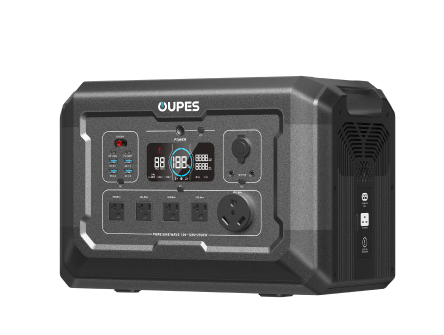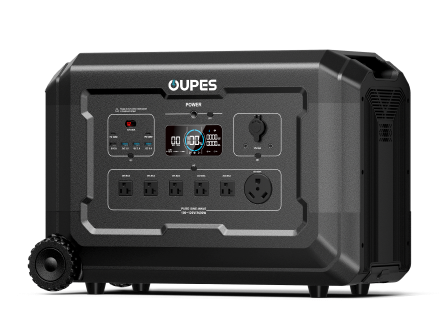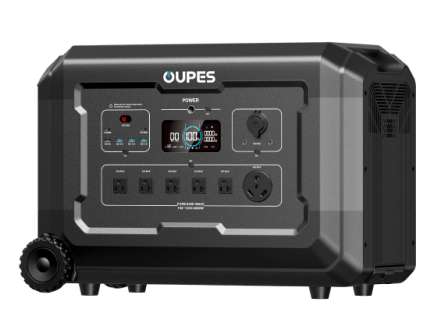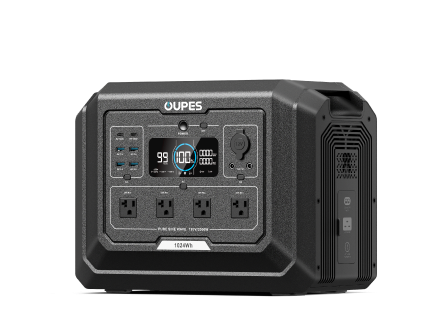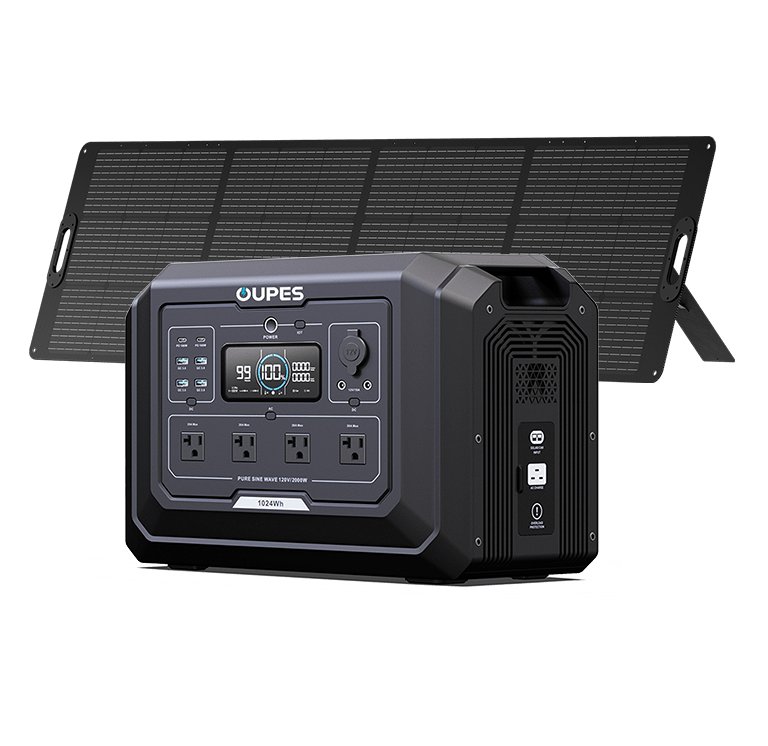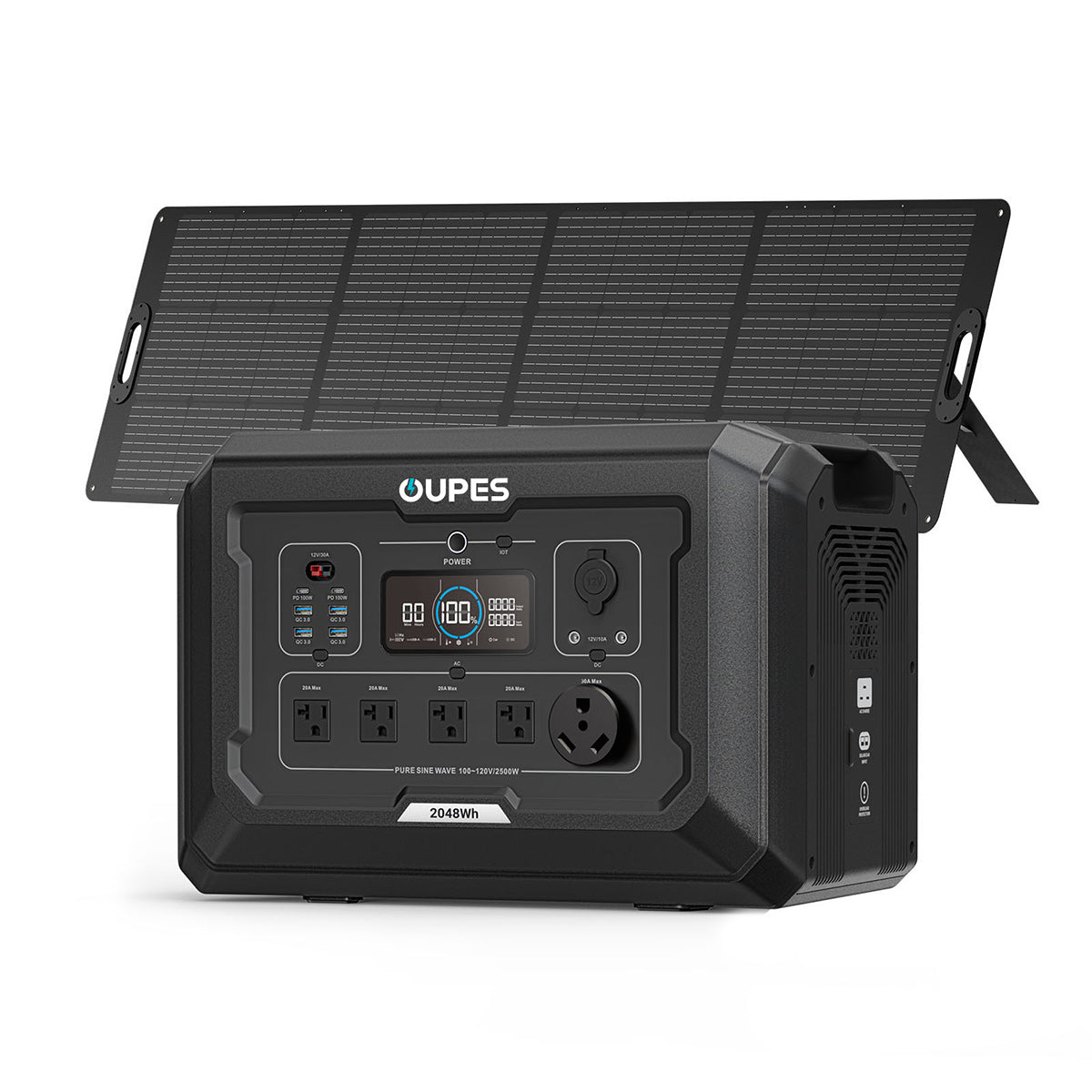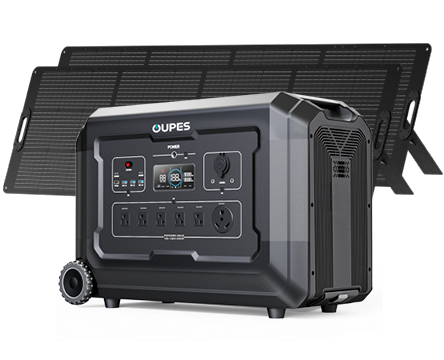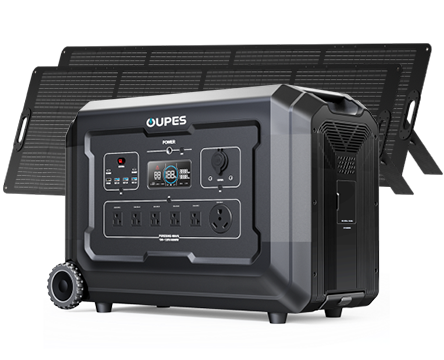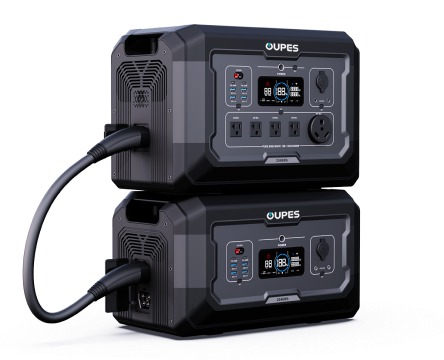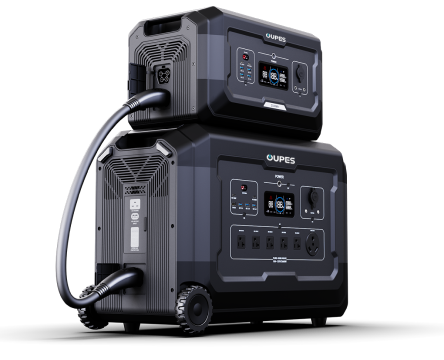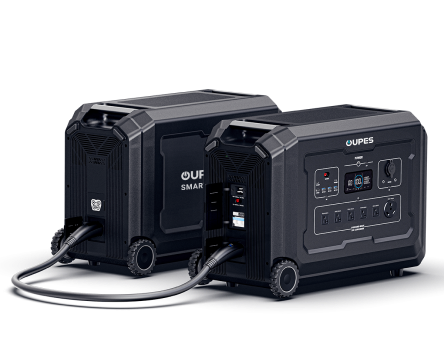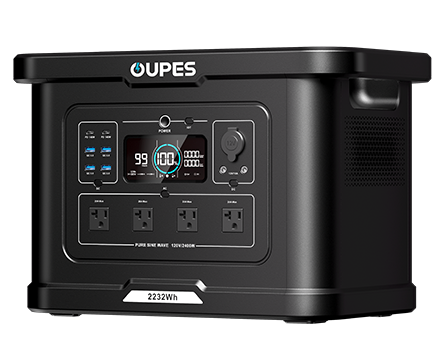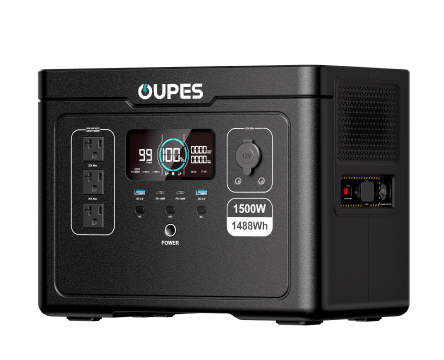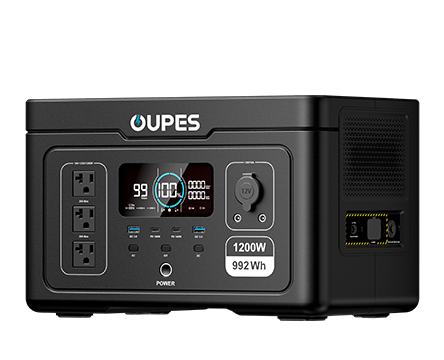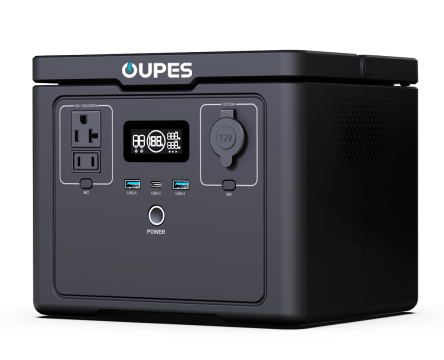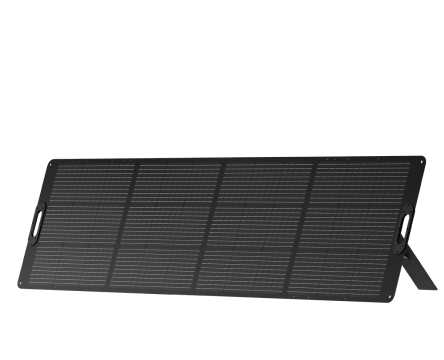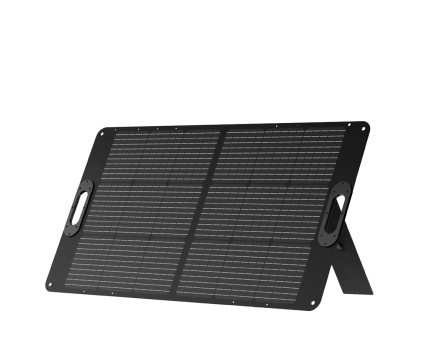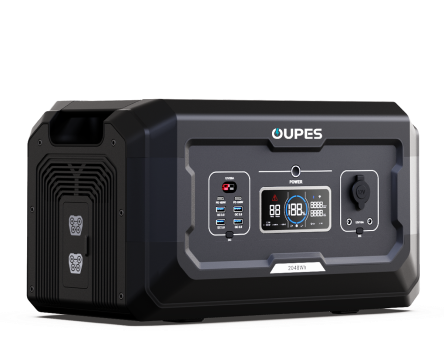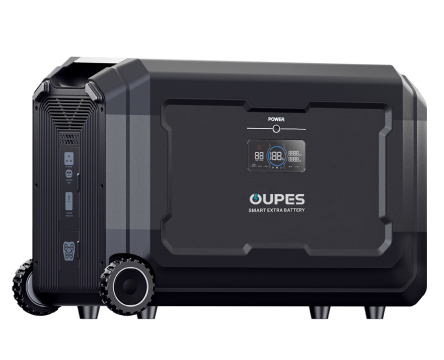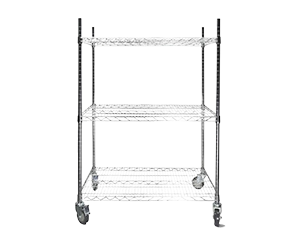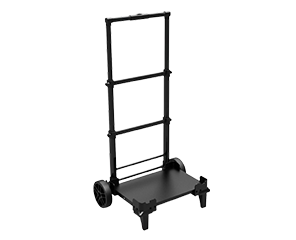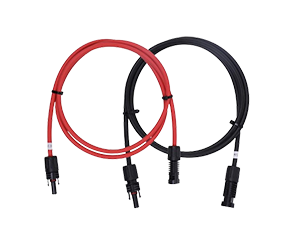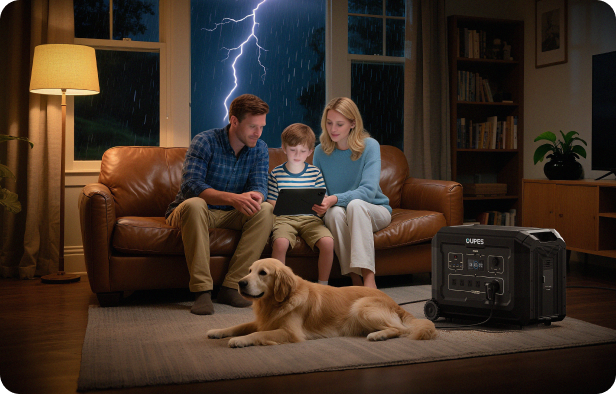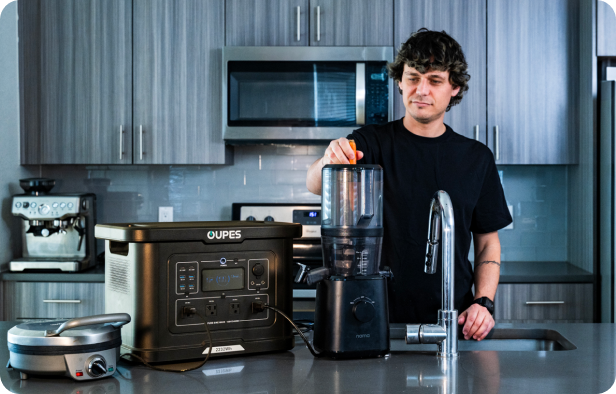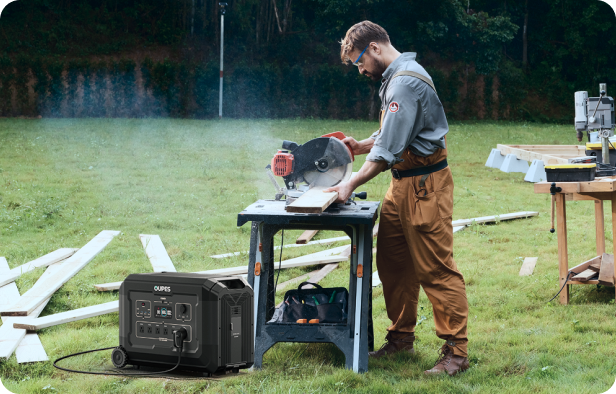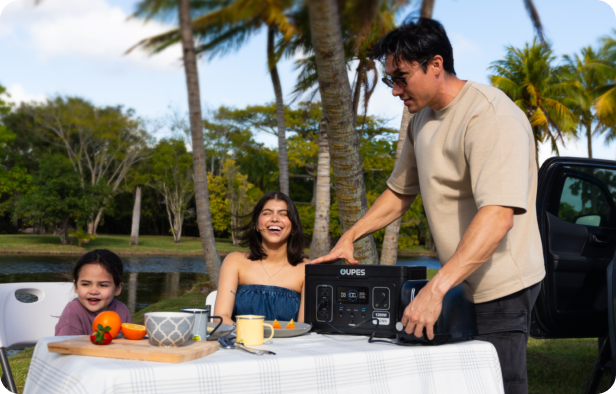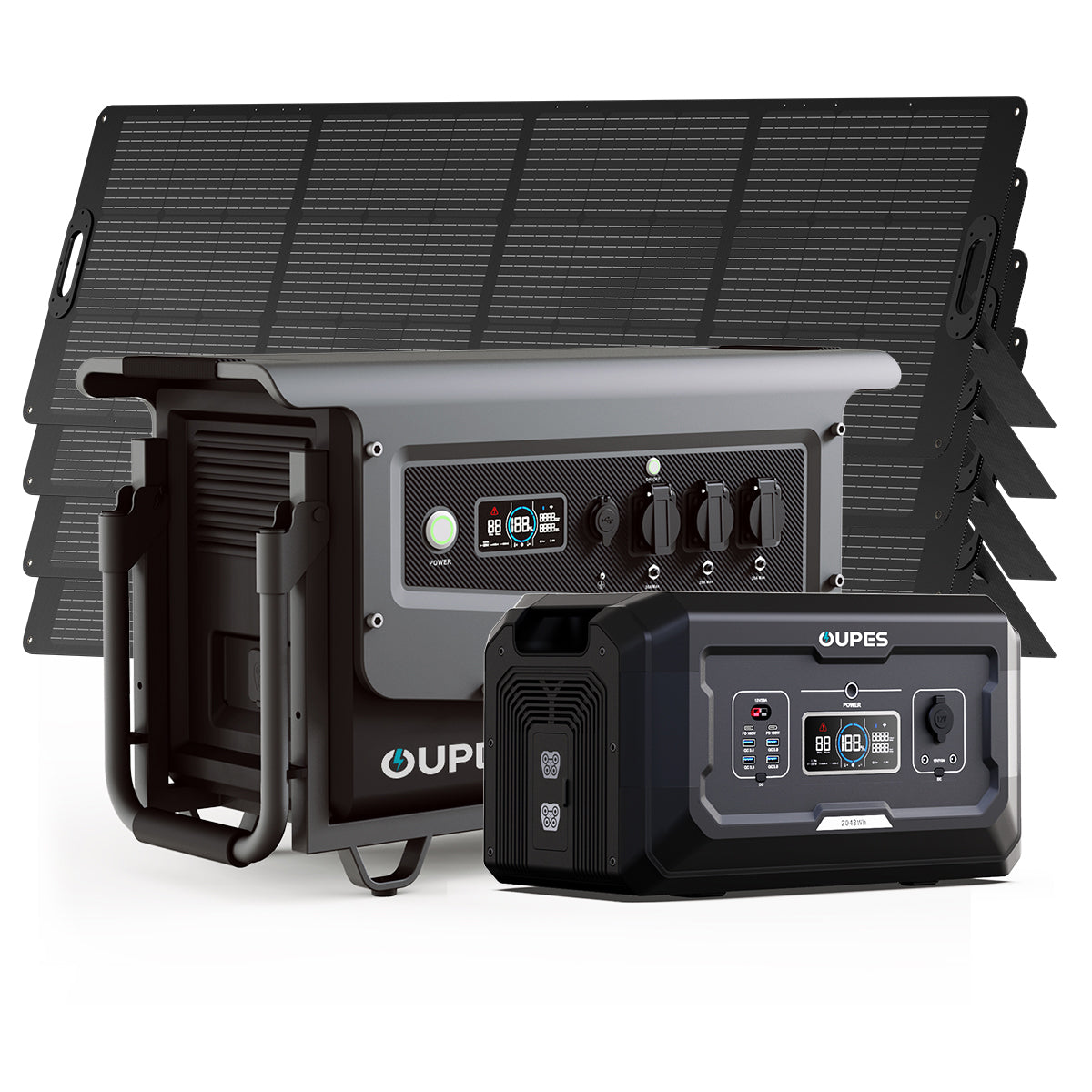
Portable Power Stations for RV Camping: The Ultimate Guide
Imagine waking up to the sound of birds, the scent of pine, and the sight of a mountain sunrise. This is the dream of RV camping—freedom, nature, and comfort. But what happens when your RV battery runs low or you’re far from electrical hookups? That’s where portable power stations come in, offering a reliable and eco-friendly energy solution for modern campers.
Why Portable Power Stations Are Essential for RV Camping
RV camping is about balance: enjoying nature while keeping modern comforts. Unlike noisy, fuel-powered generators, portable power stations are quiet, compact, and emission-free. They provide electricity without disturbing your surroundings or harming the environment.
Key Advantages
- Versatility: Power small appliances (microwave, blender), electronics (laptops, smartphones), or even a small AC unit.
- Ease of Use: Multiple outlets, USB ports, and simple LCD screens for monitoring energy use.
- Off-Grid Freedom: Enables camping in remote areas without dependence on hookups.
Key Features to Look for in a Portable Power Station
Choosing the right power station means matching features to your camping style and energy needs.
Battery Capacity
Measured in watt-hours (Wh), capacity determines runtime. A 1000Wh station can power a mini fridge for ~10 hours or a TV for several hours.
Portability
Compact models with handles or wheels are easier to transport and store in an RV. Rugged designs withstand road vibrations and outdoor use.
Output Options
Look for AC outlets for appliances, USB-C PD for laptops, and DC ports for RV accessories. Solar compatibility allows renewable charging.
| Feature | Small Power Station (300–500Wh) | Medium Power Station (1000–1500Wh) | Large Power Station (2000Wh+) |
|---|---|---|---|
| Appliance Support | Phones, tablets, LED lights | Mini fridge, TV, laptops | Coffee maker, microwave, CPAP, multiple devices |
| Portability | Lightweight, easy to carry | Moderate weight, RV-friendly | Heavy, best for RVs or long-term camping |
| Best Use | Weekend trips | Family camping | Full-time RV living, boondocking |
How to Integrate Portable Power Stations into Your RV Setup
- Calculate Needs: Add up wattage of all devices (coffee maker ~800W, laptop ~60W, lights ~20W).
- Central Placement: Reduce cable length to minimize voltage drop.
- Use Protection: Surge protectors and labeled cables for safety and convenience.
- Pair with Solar: MPPT controllers improve charging efficiency and ensure continuous off-grid use.
Real-Life Benefits of Portable Power Stations
- Family Travelers: Ran a fridge, charged drones, and powered fans in remote parks without hookups.
- Couple Boondocking: Extended trips for weeks by pairing with solar panels, even working remotely from scenic spots.
- Emergency Backup: Kept medical devices like CPAP machines running during campground power outages.
Future Trends in Portable Power for RV Camping
- Advanced Batteries: Solid-state technology for greater capacity and faster charging.
- Wireless Charging: Cable-free convenience inside RVs.
- Smart Integration: Remote monitoring and usage optimization via apps.
- Modular Systems: Expandable batteries that scale with your needs.
Pros and Cons of Portable Power Stations
| Pros | Cons |
|---|---|
| Quiet, emission-free, safe for indoor/outdoor use | Limited runtime for large appliances |
| Solar-compatible, eco-friendly option | High upfront cost for large-capacity models |
| Compact and portable compared to fuel generators | Long recharging times, especially with solar |
FAQ: Portable Power Stations for RV Camping
Q1: Can a portable power station run my RV air conditioner?
A small AC may run on high-capacity (2000Wh+) stations, but runtime is limited. Consider hybrid solutions with solar or expansion batteries.
Q2: How long does it take to charge with solar panels?
Depends on station size and panel wattage. A 1000Wh station with 200W solar may take 5–7 hours in full sun.
Q3: Are they safe to use indoors?
Yes. Unlike gas generators, portable power stations emit no fumes and are safe for indoor RV use.
Q4: What battery type is best?
LiFePO4 batteries offer long life (3000–3500 cycles), stability, and safety—ideal for RV camping.
Q5: Do they replace traditional RV batteries?
No. They complement your existing RV system, providing backup or extra capacity for appliances and devices.
Final Thoughts
Portable power stations are reshaping the RV camping experience. They deliver versatility, portability, and eco-friendly energy—perfect for both weekend campers and full-time RVers. As technology evolves, investing in one today ensures freedom, comfort, and peace of mind for every journey.

